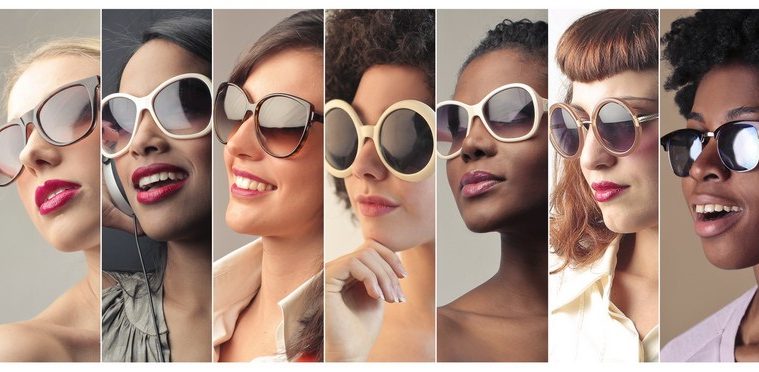How much do you know about designer sunglasses? For that matter, how much do you know about the designer eyewear industry in general? If you are like most people, your knowledge of eyewear is limited to what you see in advertisements. It turns out there is more to this mysterious industry than meets the eye (pardon the pun).
The point of this article is to uncover three of the many secrets of the eyewear industry. Suffice it to say that the average consumer sees the industry through rose-colored glasses (ahem), and that is by design. What really goes on behind the scenes is what has given rise to lesser-known companies like Olympic Eyewear out of Salt Lake City, Utah.
Olympic Eyewear designs and creates what are considered fashion or designer sunglasses. They have developed their own brands that compete with more recognized names by offering comparable style and durability at much lower prices. They are doing quite well for themselves. Olympic Eyewear is one of the leading independent eyewear companies in the U.S. In fact, they have become a leader in the eyewear industry despite having to deal with the three dirty little secrets listed below.
1. Single Company Dominance
Most people don’t know that Italy’s Luxottica thoroughly dominates the eyewear industry. It’s not even close. Luxottica owns and licenses nearly every brand familiar to the average American consumer. This includes Versace, Ray-Ban, Prada, LensCrafters, Pearle Vision, and on and on. Though there is no hard data to prove it, some estimates suggest that there are upwards of 500 million people around the world sporting corrective lenses or sunglasses from a Luxottica brand.
Smaller players like Olympic Eyewear have to compete by matching what Luxottica brands offer but at a lower price. It is possible, as Olympic has proven, but it’s not easy. Luxottica has a lot of leverage due to its sheer size and brand power.
2. Lenses Are Nearly Identical
The money in eyewear is not in the lenses but in the frames. Knowing that, would you be surprised to learn that lenses are nearly identical in the vast majority of sunglasses? They are. There’s very little difference from one lens to the next in terms of quality or function. Furthermore, there are very few ways designers and manufacturers can make corrective lenses different enough to stand out. That’s why designers do not spend a lot of time marketing lenses.
If you need proof, just go down to your local optician and price lenses and frames separately. You will discover you can get a good pair of standard lenses for under $200. At the same time, most of the fashion frames your optician displays are well in excess of $200. Some go as high as $300 or more, which leads to the next point.
3. Frames Are Cheap to Manufacture
Perhaps the most disturbing secret lies in the materials used to make eyewear frames. Be they sunglasses or corrective lenses, most eyewear frames are made of either plastic or metal. Plastic is the clear leader because it is such an easy material to work with. It’s cheap too. Thanks to injection mold technology, plastic eyewear frames can be mass-produced for next to nothing.
Companies like Olympic Eyewear can afford to offer inexpensive wholesale prices to retailers because their manufacturing costs are fairly low. In turn, this enables retailers to offer their customers designer eyewear comparable to major brands at demonstrably lower prices.
The eyewear industry is not all it seems to be to the untrained eye. Keep that in mind next time you have to buy sunglasses or corrective lenses.

